Pessimism, profit and uncertainty – how we view overcoming climate challenges

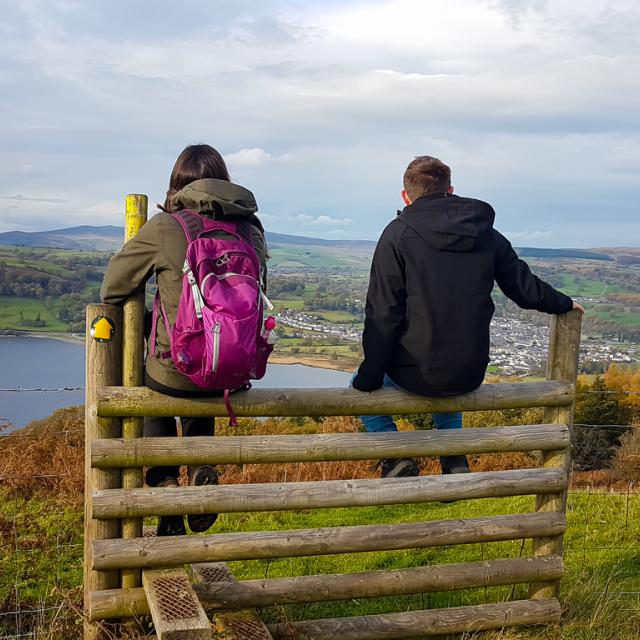
The Nature and Us Citizens' Assembly was commissioned by Natural Resources Wales (NRW) to support the development of a vision for the future of the natural environment in Wales. Natural Resources Wales is a Welsh Government sponsored body which acts as the principal adviser to the Welsh Government around issues relating to the Welsh environment. Since 2021, they have been delivering the Nature and Us programme, which seeks to involve and hear from people across Wales about their views, concerns and hopes for the future of the natural world.
A citizens' assembly brings together a representative sample of a population to consider evidence, learn, and deliberate together. The Nature and Us Citizen's Assembly invited 52 members of the public, of which attended all sessions, to participate in 13 hours of deliberation across three sessions.
To design the sessions and agree the assembly objectives NatCen facilitated three co-design workshops with an expert advisory panel that had been convened by NRW. The 16-person advisory panel helped create the core questions for the assembly, shape the evidence list, and guide session design, with the Deliberation team facilitating, through three, two-hour co-design workshops.
Through analysis of participants’ views NatCen identified six themes that underpinned assembly members priorities for the future of the natural environment in Wales. These themes were the basis of six vision statements that NatCen drafted and shared with 19 assembly members in a follow up workshop to make sure they captured the assembly discussions. The six vision statements are below.
In 2050, when society and nature thrive together…
The Sortition Foundation were commissioned by NRW to recruit a total of 52 citizens (to ensure 50 participated) that represented the Welsh population. They followed a recruitment process called sortition, which involves selecting a random group of people from a given area by lottery and then creating a stratified selection of participants to achieve a representative sample.
A programme-specific advisory panel was established by NRW to agree core questions, feedback on session plans and to identify the right range of evidence for the citizen’s assembly. NatCen used the tools of co-design to work with NRW and the Citizens’ Assembly Advisory Panel together over three two-hour facilitated sessions on Zoom to design the workshops.
The Nature and Us Citizen’s Assembly consisted of three sessions. These included two sessions focused on learning and deliberation, before a third and final session to arrive at priorities for the future vision. The first and third sessions were online, and the second session took place in-person across two locations (Swansea and Wrexham). Evidence was shared through speakers and case studies and small group discussions (of no more than 8 participants in each), supported by facilitators. NatCen used both traditional notetaking and visual notetaking tools to facilitate the bilingual nature of the sessions and increase accessibility for language, as well as to ensure creative and traditional outputs.
Two reports were produced during this project: a process report outlining the assembly’s objectives, method and delivery; and a findings report that details outputs of the assembly and includes the final vision statements created through the analysis of these outputs.
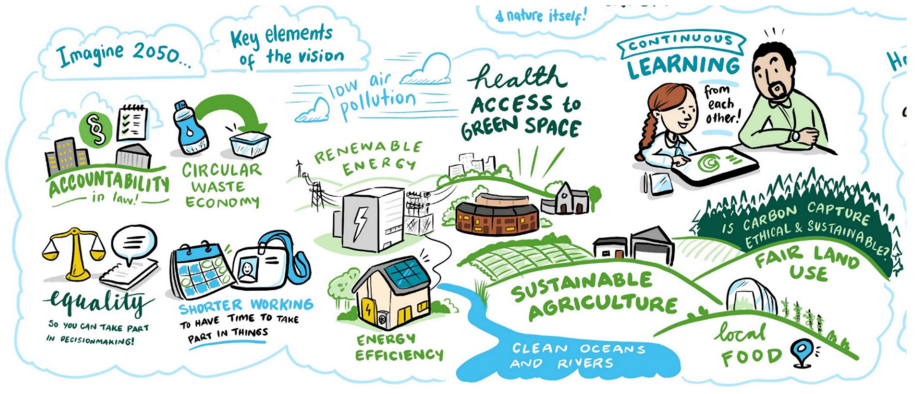

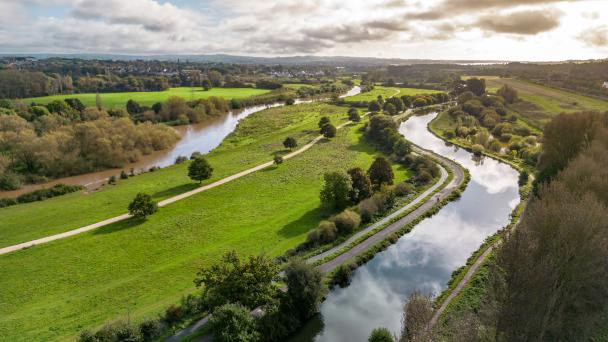
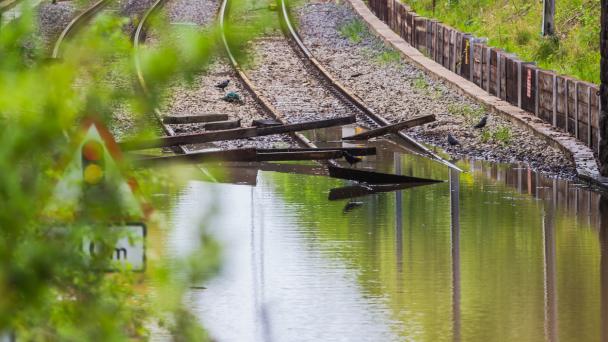
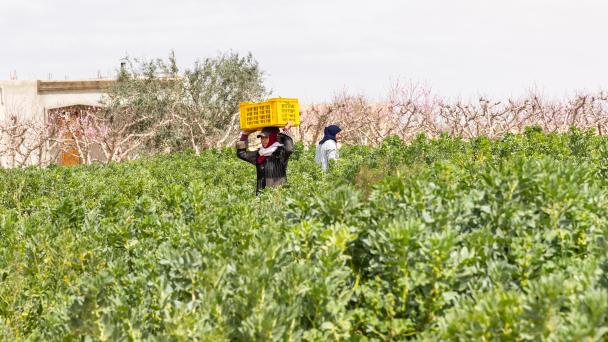
Receive a regular update, sent directly to your inbox, with a summary of our current events, research, blogs and comment.
Subscribe